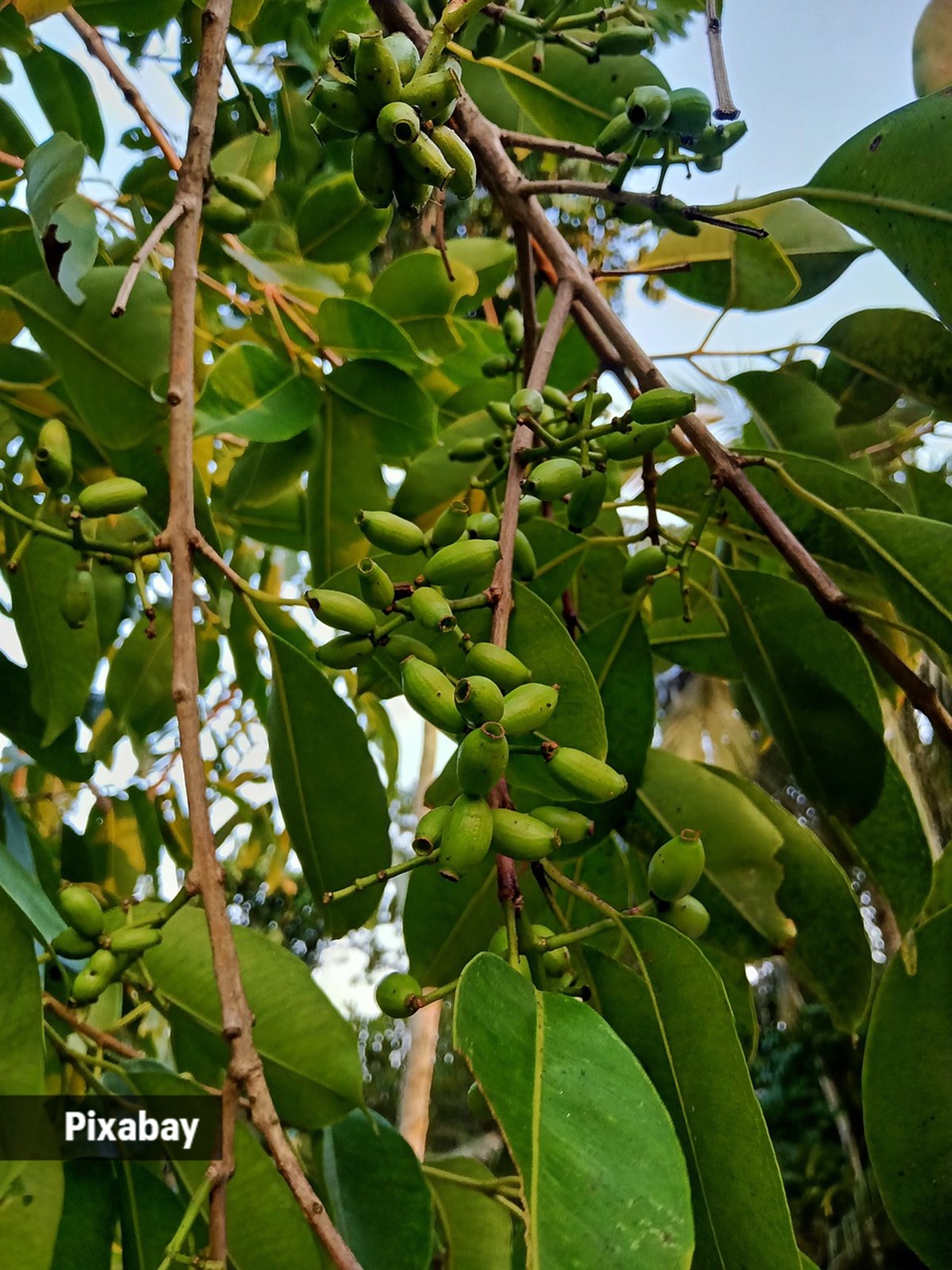[ad_1]
Java plums are commonly found in tropical and subtropical regions. Low in calories and fat, they have a moderate amount of carbohydrates, mainly in the form of sugars.
According to Samiksha Kalra, Head Clinical Nutritionist, Rosewalk Healthcare, the fibre content is relatively low but can still contribute to the overall dietary fibre intake. The fruit is also a good source of vitamin C.
The nutritional composition of the Java plum can vary slightly depending on factors such as the variety of the fruit and its ripeness, Kalra says. These values are meant to provide a general understanding of its nutritional content.
– Calories: 60
– Carbohydrates: 15 grams
– Dietary fibre: 0.9 grams
– Sugars: 14 grams
– Fat: 0.2 grams
– Protein: 0.995 grams
– Vitamin C: 18.8 milligrams (31% of the daily recommended intake)
– Vitamin A: 102 international units
– Calcium: 15 milligrams
– Iron: 0.23 milligrams
– Potassium: 79 milligrams
Health benefits of Java plum
Kalra explains the several potential health benefits that Java plums offer:
Antioxidant properties: Java plum contains antioxidants, such as vitamin C and polyphenols, which help protect cells from damage caused by harmful free radicals.
Blood sugar management: Java plum has been traditionally used in Ayurvedic medicine for its potential anti-diabetic properties. It helps regulate blood sugar levels due to its high fibre content and the presence of compounds like anthocyanins and ellagic acid.
Digestive health: The dietary fibre in Java plum can support healthy digestion and alleviate constipation. It adds bulk to the stool and promotes regular bowel movements.
Heart health: The presence of antioxidants, specifically polyphenols, in Java plum has a positive impact on heart health by reducing the risk of cardiovascular diseases.
Skin health: Vitamin C, present in Java plum, is essential for the synthesis of collagen, a protein that contributes to skin elasticity and strength. The antioxidant properties of vitamin C also help in protecting the skin from damage caused by environmental factors, such as UV radiation and pollution.
 Java plum has a moderate glycemic index (GI), which is a measure of how quickly a food raises blood sugar levels. (Source: Unsplash)
Java plum has a moderate glycemic index (GI), which is a measure of how quickly a food raises blood sugar levels. (Source: Unsplash)
Can diabetics consume Java plums?
Java plums can be consumed by individuals with diabetes, but they should be taken in moderation and as part of a well-balanced diet, Kalra says. She advises considering the following things if you consume them:
Glycemic impact: Java plum has a moderate glycemic index (GI), which is a measure of how quickly a food raises blood sugar levels. Foods with a lower GI are generally preferred for individuals with diabetes. Java plum falls within this category, but the actual GI value can vary based on factors such as ripeness and preparation.
Fibre content: Java plum contains dietary fibre, which can help regulate blood sugar levels. Fibre also contributes to overall digestive health and can help control appetite.
Individual response: Every individual with diabetes may respond differently to foods. It is advisable to monitor the blood sugar levels after consuming Java plum and observe how your body reacts. Some people with diabetes may tolerate it well, while others may experience a more significant impact on their blood sugar levels.
Are Java plums beneficial for pregnant women?
Java plum is a good source of various nutrients that support the nutritional needs of pregnant women, according to Kalra. It contains vitamin C, which aids in the absorption of iron and supports the immune system. “Additionally, it provides small amounts of vitamin A, calcium, and iron, which are essential for the development of the fetus and the overall health of the mother.”
The dietary fibre content in Java plum helps prevent constipation, which is a most common issue during pregnancy. Java plum also has high water content, which contributes to hydration during pregnancy as staying hydrated is important for overall health and the proper functioning of bodily systems. However, pregnant women need to ensure that it is obtained from reliable sources, washed properly, and consumed when ripe.
Kalra says to make sure to wash the fruit thoroughly under running water to remove any dirt or impurities. “It can also be consumed as a refreshing and nutritious drink. Java plums can also be used to make jams, jellies, and preserves. Further, it can be eaten as a snack by drying it under the sun.”
When consuming Java plums, it is important to be mindful of the pits, as they are not edible, Kalra notes. “One should remove the pits before eating or using the fruit in recipes.”
 Java plums are a seasonal fruit that is normally accessible throughout the summer months. (Source: Pixabay)
Java plums are a seasonal fruit that is normally accessible throughout the summer months. (Source: Pixabay)
Things to keep in mind when consuming Java plums
Total carbohydrate intake: Java plums include carbs, which might alter blood sugar levels. It is critical to examine the total carbohydrate level of the meals and snacks, as well as to balance your carbohydrate intake with other nutrient-dense foods like veggies, protein, and healthy fats, as per Kalra.
Portion control: While Java plums are a nutritious fruit, they should be consumed in limited amounts, especially if you have diabetes or are attempting to lose weight. A usual serving size is roughly 1 cup or 100 grams.
Seasonal Availability: Java plums are a seasonal fruit that is normally accessible throughout the summer months. If fresh Java plums are unavailable, frozen or canned types may be available, however, one should check the labels for added sugars or other unwanted additions before consuming.
Myths and facts about Java plums
Kalra debunks the myth about Java plums that eating them increases blood sugar levels significantly. “While Java plum does contain natural sugars, it also has a low glycemic index, which means it doesn’t cause a rapid spike in blood sugar levels.” Some research suggests that certain compounds in Java plum may even help regulate blood sugar levels.
Some people believe that Java plums are poisonous or toxic, which is untrue, Kalra says. “Though excessive consumption can lead to discomfort or digestive issues, so it’s advisable to eat them in moderation,” she adds.
For those who believe that Java plums are a cure for diabetes or will lead to weight loss, Kalra debunks both as misconceptions. “While Java plum has been traditionally used in Ayurvedic and alternative medicine to manage diabetes, it is not a cure for the condition. It is a relatively low-calorie fruit that can be part of a balanced diet and a healthy lifestyle. However, weight loss or gain depends on various factors, including overall calorie intake, physical activity, and individual metabolism,” she says.
📣 For more lifestyle news, follow us on Instagram | Twitter | Facebook and don’t miss out on the latest updates!
[ad_2]









